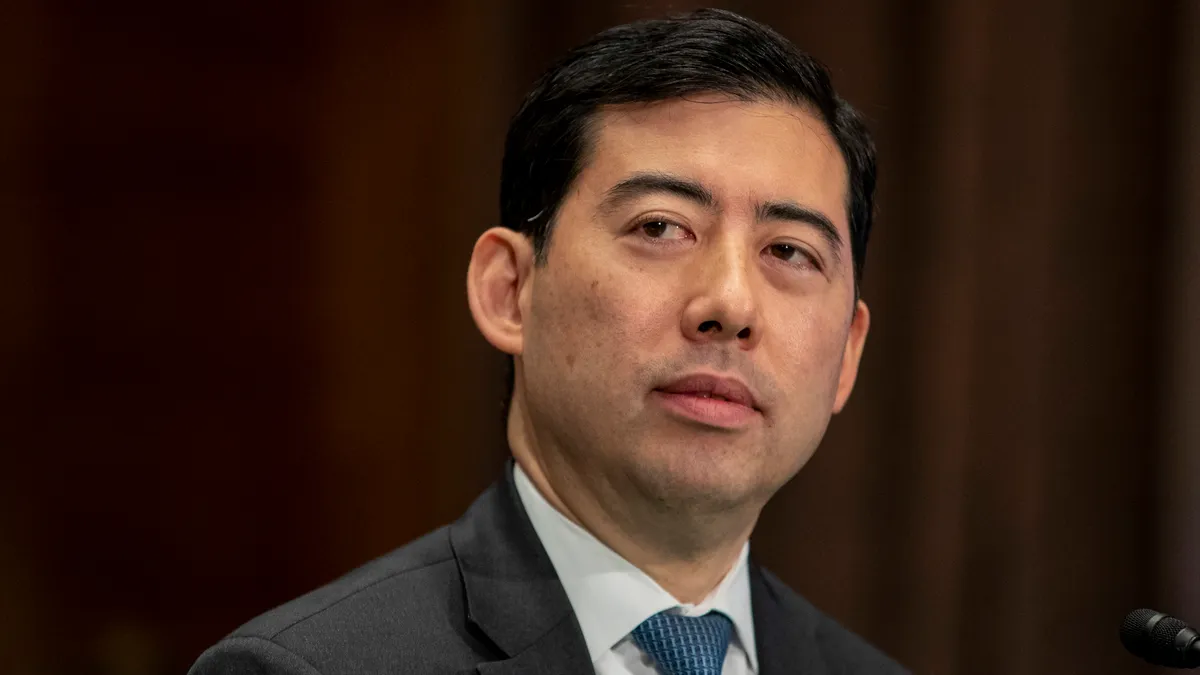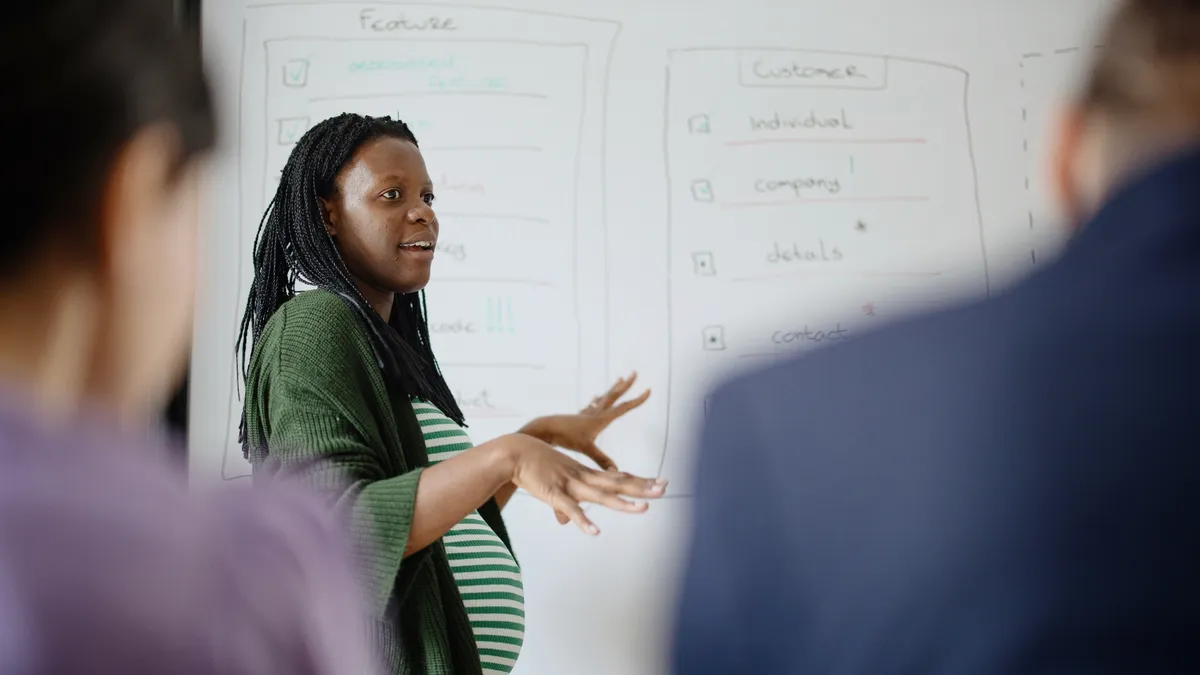The popularity of alternative investments has surged in recent years, with everything from fine art to French wine to Neil Young’s musical catalog enticing investors seeking to diversify their holdings.
The commercial litigation financing industry is ready for a larger role among this diverse group as a growing share of corporate legal departments and large law firms leverage third-party dispute funders as a tool in their economic arsenals.
Money from these firms provide financial executives a way to help smooth cash flows and free capital for their core business. For in-house legal departments, the funds can bolster legal budgets and unlock value from an asset — a successful lawsuit — where collecting a judgment could be months or even years away.
Funders can also provide legal capital to litigate cases in which the company may not want to fund a lawsuit unilaterally, such as an intellectual property claim. Some financing agreements also allow companies to use funds, backed by the collateral of other, ongoing cases, to defend against lawsuits.
“I think there’s increasing pressure on in-house counsel to be more than a cost center, and even if not necessarily to be a profit center to be more commercially aligned with the rest of the company,” said Brian Rice, chief operating officer and general counsel at Legalist, an alternative asset investment firm that has deployed more than $500 million to fund litigation.
“From the people I speak to, I think that’s an opportunity that a lot of in-house counsel really relish.”
The industry is also finding traction among some of the biggest law firms, which prize the ability to balance their contingency cases with others that are funded externally, and to be paid from cases a firm has won but not yet collected on.
While third-party funding was once largely a critical lifeline for tiny boutique law firms, some of the largest are now enticed by the opportunities they see in external capital.
Across the industry, 35% of new commitments, or $960 million, went to the 200 biggest law firms last year, up from $890 million in 2022, industry tracker Westfleet Advisors said in its 2023 annual market report.
“I think we’ve seen, as we have with corporates, a growing acceptance of an interest in law firms getting legal finance,” said Andrew Cohen, a managing director at Burford Capital, the sole dispute funder that’s publicly traded in the U.S. As litigation costs increase, accepting contingency cases becomes a larger financial commitment for a law firm, he said.
“Yes, you have to pay the funder at the end of the day, but it can be a great way for a law firm to build out a book of business or a practice group that it wants to grow without necessarily being out of pocket from the partnership,” Cohen said.
Wilkie Farr & Gallagher LLP arranged $50 million in financing with Longford Capital Management in 2021 to fund commercial litigation in Wilkie’s Chicago office. The money offers clients “an alternative method of funding litigation and enables them to treat meritorious legal claims as corporate assets capable of being monetized,” the firms said.
The non-recourse nature of the industry means that a third-party funder gains nothing from a losing case. This binary outcome — a financial win or loss — also puts greater importance on a rigorous review of a case’s legal merits.
Post-Pandemic Bumps
The dispute-funding field has recently suffered a period of turbulence, with several firms announcing deep job cuts or outright closures as capital slowed.
Rising interest rates across the world “afforded investors the ability to generate attractive risk-adjusted returns in other assets, making legal finance relatively less attractive,” Westfleet said.
Assets under management at 39 “active funders” was nearly flat, at $15.2 billion compared to the prior year, according to the report. Investors made $2.7 billion in commitments for the fiscal year ending June 30, 2023, down from $3.2 billion in the prior 12 months, Westfleet said.
A major funding firm, Validity Finance, essentially closed its doors in June 2023 after its financial partner, investment firm TowerBrook Capital Partners, stopped funding new business. Through a spokesperson, TowerBrook declined to discuss its Validity relationship or the dispute-funding industry.
Beyond global economic conditions, the pandemic also slowed the functioning of courts, and the resolution of civil suits, which in turn hindered the pace of funders receiving their portion from successful cases.
The industry faces sustained attack by the U.S. Chamber of Commerce, which has targeted stopping further expansion of the industry as a key goal for its Institute for Legal Reform.
The Chamber says such funding promotes frivolous litigation, distorts outcomes because of non-litigants’ economic interests, raises ethical concerns, and risks national security as foreign actors could influence cases or encourage litigation to harm U.S. companies.
Lawsuits with third-party funding can also make settlement talks trickier given the need to pay an investor, lawyers say. Funded plaintiffs wield the leverage to avoid settling a case for a sum they may have accepted without means to litigate further.
“I just think (third-party funding) makes it harder for a nuisance value or a cheap settlement, it makes it hard for the defendants,” said Casey Grabenstein, a partner with Saul Ewing LLP in Chicago who has litigated cases with third-party funding. “I mean, that’s why they hate it.”
The business group has also supported new regulations that seek funding disclosures in a number of states, including Indiana, Louisiana and Montana.
Most third-party commercial funders shrug off the bulk of the new state laws, many of which concern consumer litigation and protections for individual plaintiffs.
Funding defenders say courts already have sufficient rules and procedures to govern cases with third-party funding, citing the funding disclosure rules federal courts in New Jersey and the Northern District of California have imposed. (These courts require notice when a suit is funded and by whom, but don’t require plaintiffs to reveal their budgets or terms.)
Also, much of the commercial funding work involves patent, intellectual property, antitrust, trademark and contract litigation in places like New York, California and the District of Columbia – venues that have not pursued regulation to date. Federal bills targeting dispute funding have stalled thus far.
“Courts already, by and large, have the tools that they need … to determine if there's a funder involved, or determine if something is being done improperly or untoward or unethically,” said David Kerstein, a Validity co-founder and former litigator with Gibson, Dunn & Crutcher LLP.
Renewed growth
Despite the recent bumps, the industry is poised for further growth as litigation costs rise and new clients enter the market.
In June, Kerstein and two of his former Validity executives announced their new firm, Arcadia Finance, with plans to deploy $100 million on cases. Meanwhile, Legalist is raising a new $400 million fund for its legal financing work, which comprises nearly half of the firm’s $950 million in assets under management. In January, Parabellum Capital said it closed its third and largest fund — $754 million — for litigation financing.
The International Legal Finance Association, which represents commercial litigation funders, counts two dozen members, including three additions this year.
“We still do a lot of education of potential counterparties and end users of litigation funding, or lawyers who may have clients who need funding, but it is a lot more well known now, and we’re often not starting from square one, explaining to people what it is and why it can be useful,” Kerstein told Legal Dive.
“Part of that is with the proliferation of capital and entities. I think folks that are working at these various entities have activated their networks, educated their networks, and that has, in part, led to an enlargement of … people who know about and want to use litigation funding.”
Just another asset class
Litigation funding traces its modern roots to the early 1990s in Australia, as state governments began to abolish champerty and maintenance laws that barred third parties from holding a financial interest in legal actions.
The financing industry soon migrated from Australia to European arbitration cases and then, following the 2008-2009 financial crisis, to America, according to a 2022 Government Accountability Office report on the industry.
“I joined the industry in 2014 and really at that point, you could still pretty much count on one hand the reputable commercial funders that were in the space,” Kerstein said.
“One of the differences that I’ve seen over the past 10 years is that back then, when we were talking to potential counterparties, most often at that point they were small businesses that tended to be more litigation boutiques that were used to taking some risk in cases and wanted to share that risk. Our counterparts were either going to do a transaction with us or they were going to do nothing at all.”
Today, dozens of pure-play funders vie with hedge funds, family offices and alternative investment firms to identify business opportunities in successful cases. Most of the industry’s large players operate large portfolios of cases, although several pursue one-off lawsuits. Funding deals tend to be bespoke, depending on the needs of an in-house corporate litigator or law firm.
These investments are uncorrelated to other asset classes, such as bonds or equities, and consistently lucrative, with an 80% return on invested capital not uncommon for larger funders.
Burford Capital says it has realized $2.77 billion over the past 15 years from cases it funded. Nearly three-fourths have settled in that period; 8% lost at trial. “A recurring mix of settlements and wins drives strong returns in reasonable time frames, with asymmetrically low losses,” Burford told investors in its first quarter 2024 results.
Yet it can also be tricky to project when an investor may see a return. Funders have schedules on the average pace of various types of cases in different jurisdictions, and many can estimate reasonably well which matters are likely to settle and which will go to trial, but it’s still educated guessing.
“Major complex litigation, by its nature, does not come with a deadline,” says Craig Martin, a Wilkie Farr partner in Chicago who has worked on third-party funded cases.
A corporate component
Litigation funding is also poised to grow as more chief financial officers and general counsel seek to optimize legal department budgets and align more closely with the company’s financial goals. Third-parties can help to mitigate litigation risk and segregate ongoing legal expenses from operating budgets.
As dispute funding becomes more mainstream across corporate America, Legalist’s Rice says, the industry presents “opportunities for in-house counsel to really expand their zone of influence within the C suite.”
This evolution of legal departments’ perspective from being costly defenders of litigation to becoming financial contributors requires “a mindset shift” for many lawyers and executives, said Kim Magyar, general counsel of the retail unit of McLane, a Texas-based wholesale distributor.
“Is there an opportunity to turn our legal department into revenue generators instead of always a suck on the bottom line?” Magyar said this spring at an International Legal Finance Conference.
For many corporate legal executives, the answer to that question is increasingly yes.



















